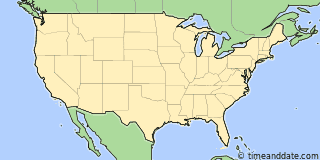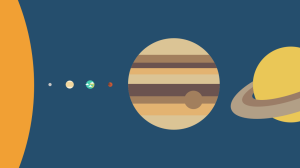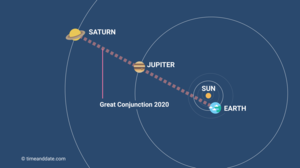10 hours, 10 minutes
Wed, Apr 24 at 8:27 pm – Thu, Apr 25 at 6:37 am
Visible night of Apr 24 – Apr 25, 2024
| Mercury: | From Thu 5:57 am |
|---|---|
| Venus: | From Thu 6:19 am |
| Mars: | From Thu 5:13 am |
| Jupiter: | Until Wed 9:53 pm |
| Saturn: | From Thu 4:53 am |
| Uranus: | Until Wed 9:51 pm |
| Neptune: | From Thu 5:19 am |

Eta Aquarids Now Active
The Eta Aquarid meteor shower will peak around May 5–6. The Moon will be in its Waning Crescent phase, and provide little interference around the peak dates. Check viewing conditions for your city.
Our Interactive Night Sky Map simulates the sky above O'Neill Historical Marker. The Moon and planets have been enlarged slightly for clarity. On mobile devices, tap to steer the map by pointing your device at the sky. Need some help?
Currently showing previous night. For planet visibility in the coming night, please check again after 12 noon.
Tonight's Sky in O'Neill Historical Marker, Apr 24 – Apr 25, 2024 (7 planets visible)
Mercury rise and set in O'Neill Historical Marker
Fairly close to the Sun. Visible only before sunrise and/or after sunset.
Mercury is just 19 degrees from the Sun in the sky, so it is difficult to see.
Thu, Apr 25 ↑5:57 am
Time:
Altitude: °
Direction: °
Venus rise and set in O'Neill Historical Marker
Fairly close to the Sun. Visible only before sunrise and/or after sunset.
Venus is just 11 degrees from the Sun in the sky, so it is difficult to see. Venus is visible by day, but may be hard to find.
Thu, Apr 25 ↑6:19 am
Time:
Altitude: °
Direction: °
Mars rise and set in O'Neill Historical Marker
View before sunrise.
Mars can best be seen in the hours just before sunrise. Visibility deteriorates as the sky gets brighter.
Thu, Apr 25 ↑5:13 am
Time:
Altitude: °
Direction: °
Jupiter rise and set in O'Neill Historical Marker
View just after sunset.
Jupiter is close to the Sun and can only be seen shortly after sunset. Try finding a good, unobstructed view of the horizon.
Wed, Apr 24 ↓9:53 pm
Time:
Altitude: °
Direction: °
Saturn rise and set in O'Neill Historical Marker
View before sunrise.
Saturn can best be seen in the hours just before sunrise. Visibility deteriorates as the sky gets brighter.
Thu, Apr 25 ↑4:53 am
Time:
Altitude: °
Direction: °
Uranus rise and set in O'Neill Historical Marker
Very close to Sun, hard or impossible to see.
Uranus is just 17 degrees from the Sun in the sky, so it is difficult or impossible to see it.
Wed, Apr 24 ↓9:51 pm
Time:
Altitude: °
Direction: °
Neptune rise and set in O'Neill Historical Marker
View before sunrise. Use binoculars.
Neptune can best be seen in the hours just before sunrise. Visibility deteriorates as the sky gets brighter. Very faint, use binoculars.
Thu, Apr 25 ↑5:19 am
Time:
Altitude: °
Direction: °
Planets Visible in O'Neill Historical Marker
| Planetrise/Planetset, Thu, Apr 25, 2024 | ||||
|---|---|---|---|---|
| Planet | Rise | Set | Meridian | Comment |
| Mercury | Thu 5:57 am | Thu 6:39 pm | Thu 12:18 pm | Very difficult to see |
| Venus | Thu 6:19 am | Thu 7:29 pm | Thu 12:53 pm | Slightly difficult to see |
| Mars | Thu 5:13 am | Thu 4:58 pm | Thu 11:05 am | Average visibility |
| Jupiter | Wed 7:32 am | Wed 9:53 pm | Wed 2:43 pm | Average visibility |
| Saturn | Thu 4:53 am | Thu 4:05 pm | Thu 10:29 am | Average visibility |
| Uranus | Wed 7:28 am | Wed 9:51 pm | Wed 2:39 pm | Extremely difficult to see |
| Neptune | Thu 5:19 am | Thu 5:11 pm | Thu 11:15 am | Very difficult to see |











